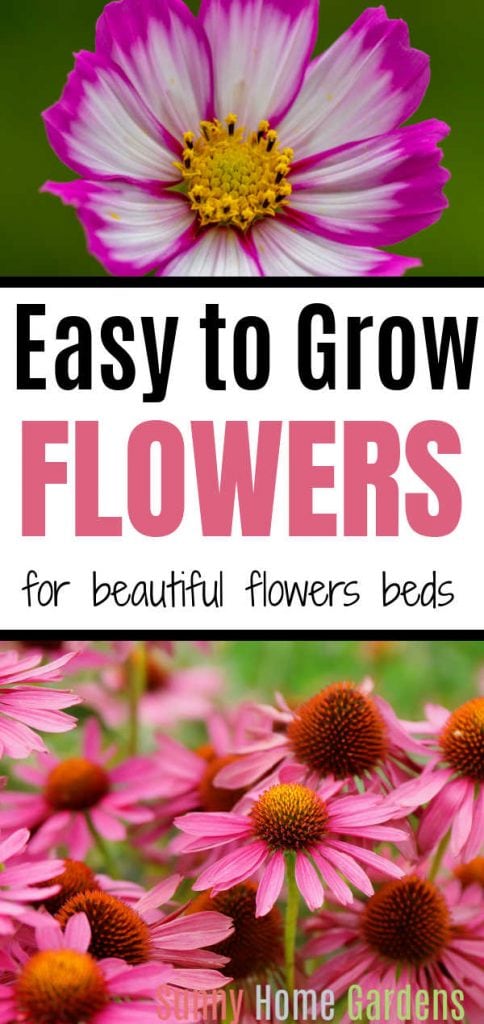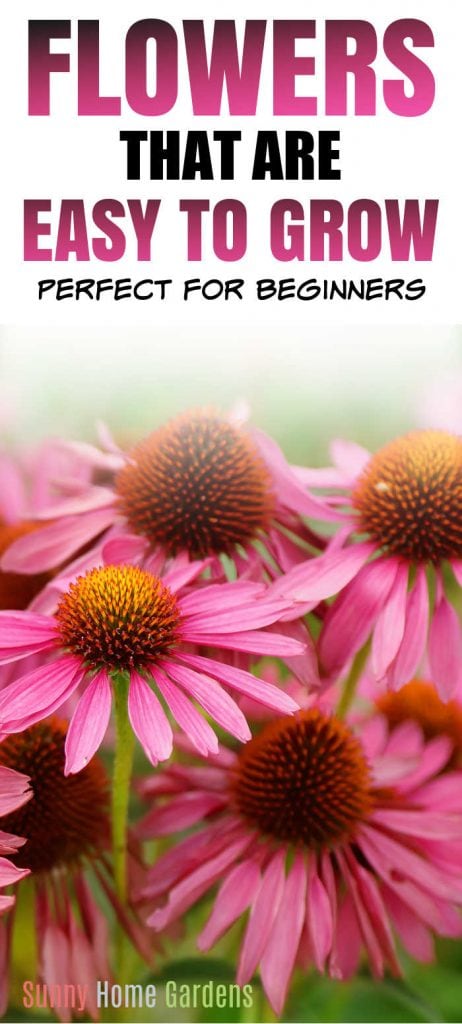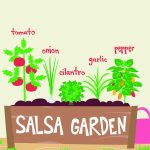Here are some easy to grow flowers for beginner gardeners or gardeners who can’t seem to grow flowers.
There are numerous flowers that everybody should be able to grow.
Since many of the most gorgeous flowers around often require little watering and even less daily tending to, there’s a good chance you too can have the flower bed that will make others green with envy.
Here are some of the very best easy to grow flowers of which success is virtually guaranteed.
Table of Contents
Cosmos
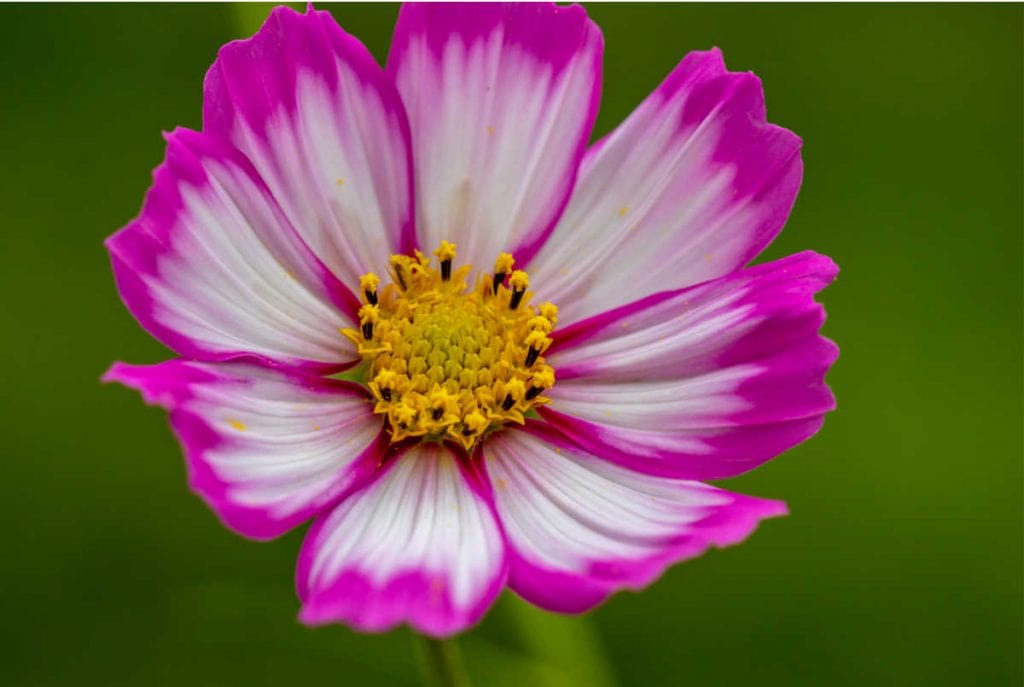
If you’ve got poor soil and live in an area that is prone to drought and brutal summertime heat, cosmos are the flower to try.
Cosmos are dainty flowers with slender stems and petals that are most often colored red, white, or orange.
They tend to be self-seeding and have few problems with pests, it’s just a matter of putting a few cosmos seeds into the ground, then deadheading the blooms and making sure you don’t overwater.
Alyssum
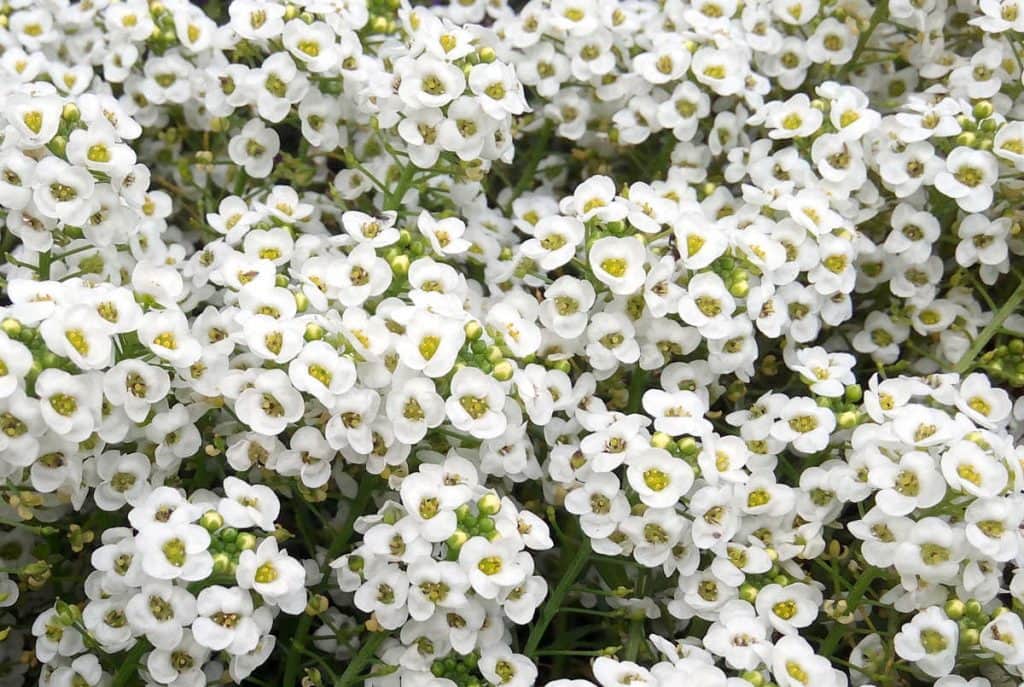
Blooming all summer long, alyssum is a low-growing plant that also loves the sun and doesn’t mind a drought.
Easily grown either from seeds or as a plant, alyssum will be a perfect choice for edging your flower bed or other areas of your yard.
Growing to about six inches high as well as wide, its most common colors are white and purple.
Daffodils
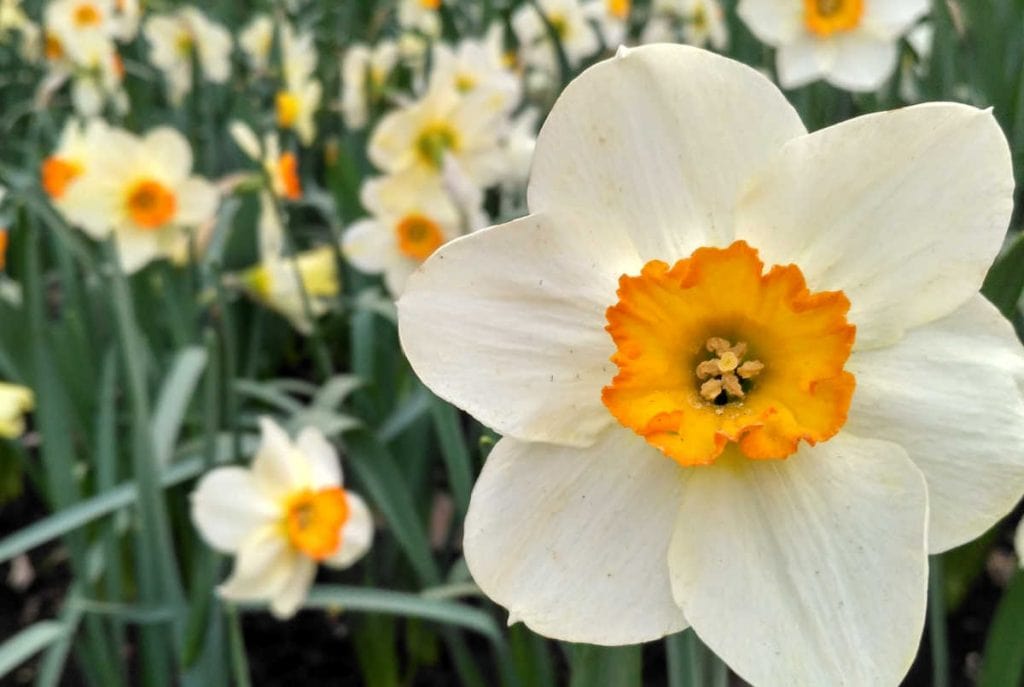
Extremely popular with people who have been green-thumb challenged in the past, daffodils require about as little care as any flowers you could find.
Most often colored white or yellow, daffodils will dazzle any flower bed with their six trumpet-shaped petals.
If you want to give them a try, start by purchasing some bulbs and planting them in your yard during the fall. Once this is done, you can just sit back and wait in anticipation until they start blooming in late winter to early spring.
Once bloomed, they are practically maintenance-free, requiring only full sun, a minimal amount of water, and soil that is somewhat well-draining and acidic.
Once established, you can expect these vibrant flowers to be regulars in your yard year after year.
Nasturtiums
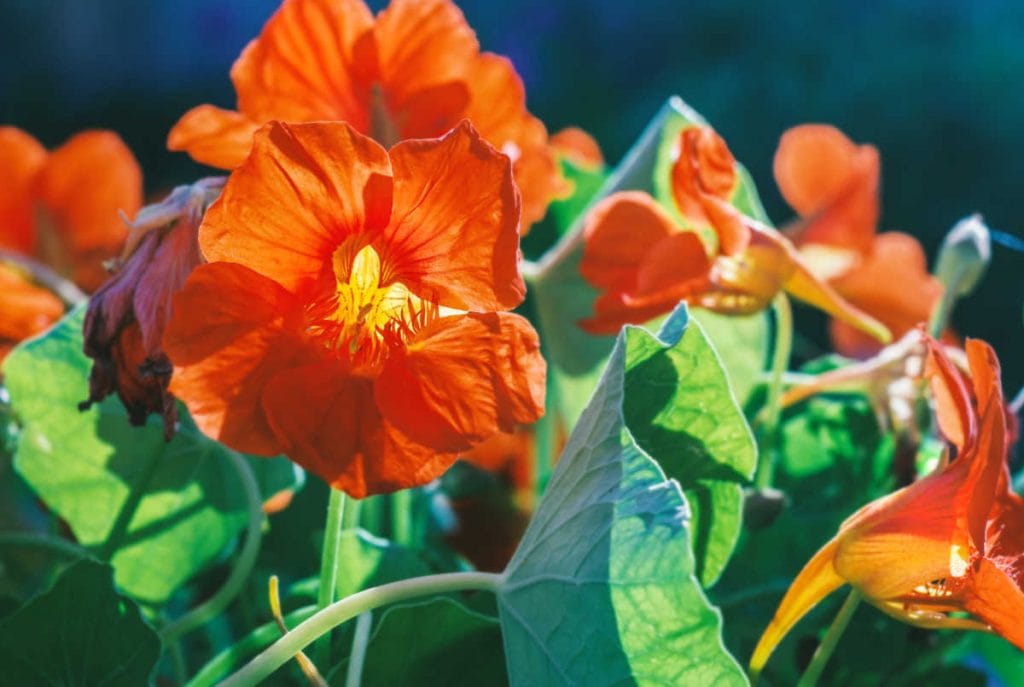
If planted in a spot where they can enjoy some afternoon shade or where cooler summers generally prevail, nasturtiums will bring you plenty of joy when warm weather arrives.
Often planted in the front of flower beds due to their stunning orange, red, and pink colors, these are considered great plants for kids to plant in a garden of their own.
If you want to make your flower-growing project a family affair, you can’t go wrong with nasturtiums.
As an added bonus, if you choose to not use chemicals on your nasturtiums, they are actually edible, and are often used in salads.
Yarrow
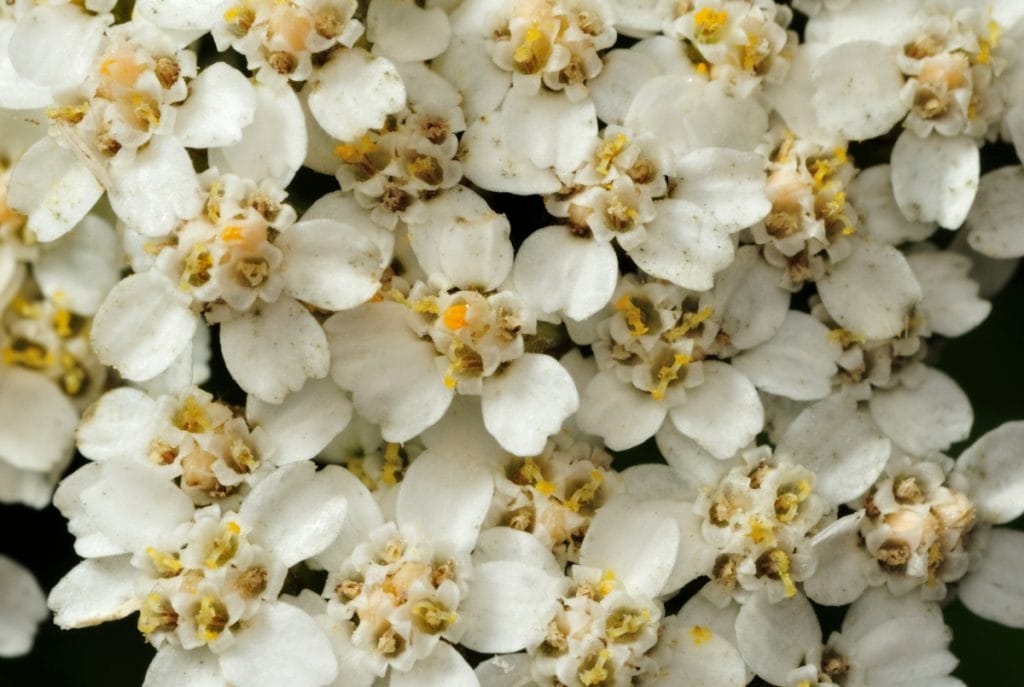
If you have a bare spot in your yard and are looking for some easy to grow flowers that will look beautiful and quickly spread to fill out an area, then yarrow is just what you need.
Loving as much sun as they can get, yarrow require little if any fertilizer, grows well in practically all types of soil, and are drought-tolerant.
Available in well over 80 varieties, yarrow will bloom repeatedly throughout the growing season, so long as you deadhead then now and then.
Sunflowers
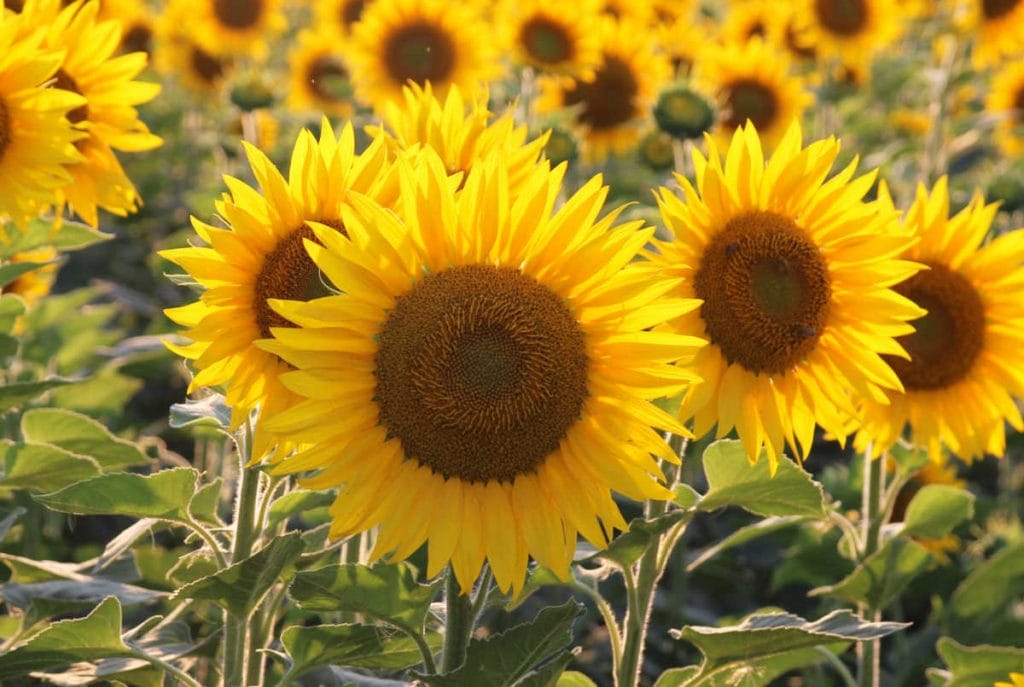
When you look at sunflowers, you just can’t help but get happy and have a smile on your face.
If you want to give these unique flowers a try, you’ll likely have little if any trouble finding green thumb success.
While the most common type is known as “Mammoth Russian” due to its tall stems, huge flower heads, and the seeds that birds absolutely love, there are actually more than 40 different varieties of sunflowers from which to choose.
Attaining a height of several feet in most cases, sunflowers of course like the sun, so you should plant them where they can get about eight hours of it daily.
Tolerant of heat, drought, and poor soil, sunflowers will turn their heads to face the sun each day once they have matured.
Once mid-summer arrives, plan on seeing your sunflowers bloom all the way through fall.
RELATED: Beautiful Moon Garden Flowers
RELATED: Bright Yellow Flowers for Your Flower Garden
Marigolds
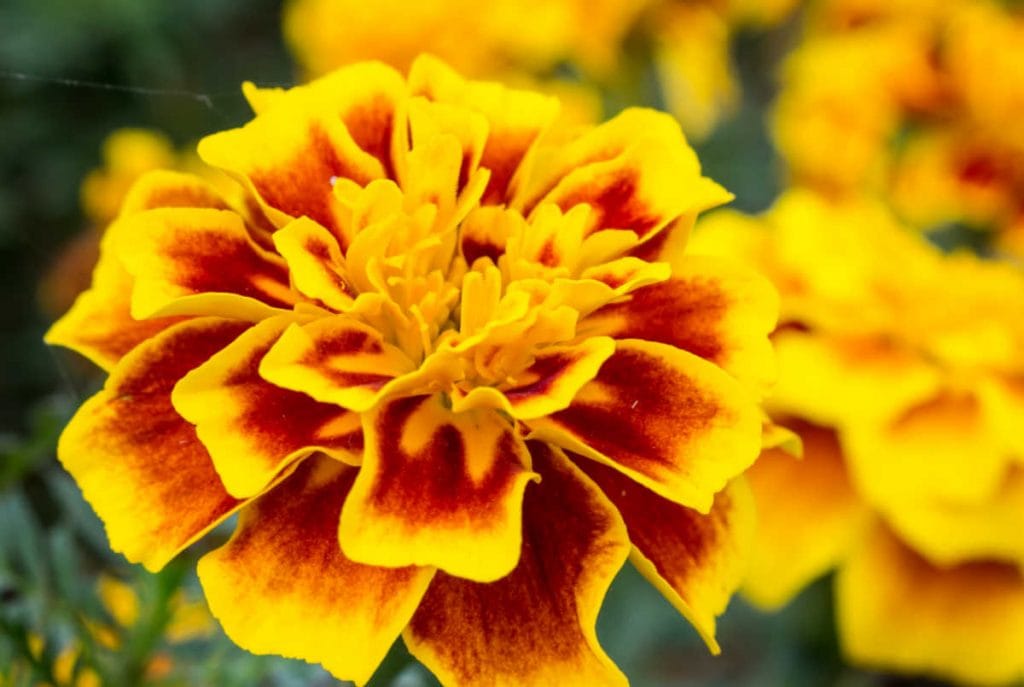
If you happen to be easygoing and possess a somewhat carefree personality, marigolds will be your soulmate when it comes to flowers.
Colored in yellow and very bright orange, marigolds thrive when planted in a sunny spot, but will also do quite well in an area that has some mid-afternoon shade.
Like other flowers that are easy to grow, marigolds also don’t care about the condition of the soil they call home.
In addition, they can also be beneficial to other nearby flowers in your yard, since they release thiophenes from their root system into the soil, lessening the chances they and other flowers will experience root-knot.
Echinacea
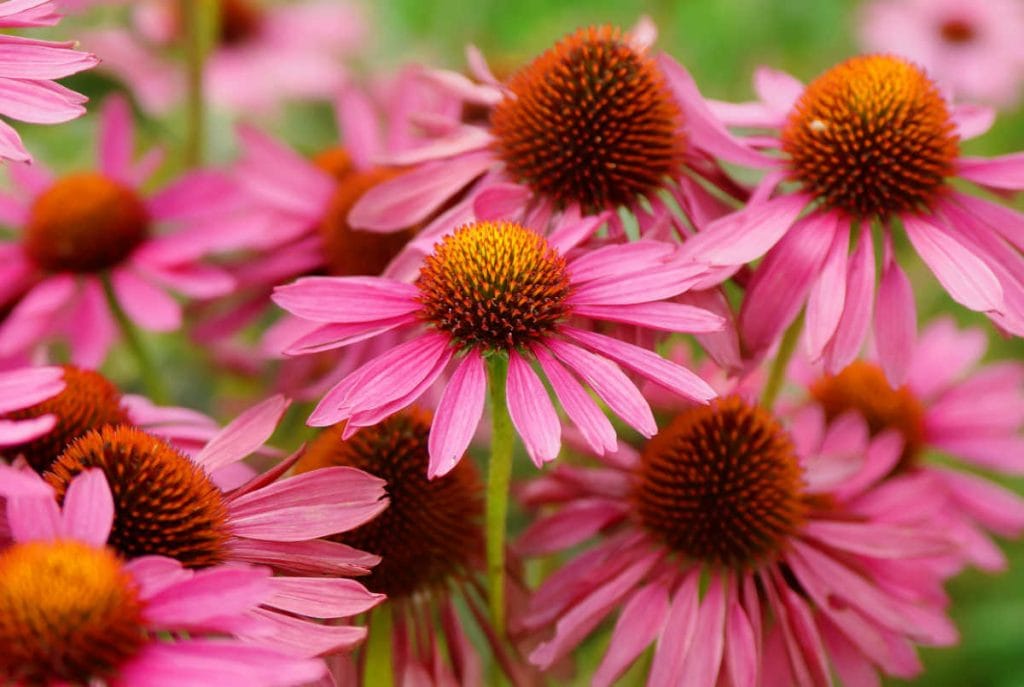
If you’ve heard of echinacea, you may be thinking of the herbal supplement known for its immune-boosting capabilities. But in this case, we’re talking about the echinacea flowers you’ll be planting in your yard.
Perennials that have gorgeous blooms that are daisy-like in appearance, they are considered to be lovely yet tough as well.
If you live in the Midwest or have visited that part of the U.S., you’ve probably noticed them being very common in woods and prairies.
Blooming from early summer until the first frost appears the next winter, echinacea are hardy and stand up well against insect pests, cold weather, and periods of drought.
Pink with cone-shaped blooms, you can’t go wrong by choosing echinacea.
RELATED: Flowers that Start with ‘P’
RELATED: Lovely Green Flowers for Your Flower Garden
Lavender
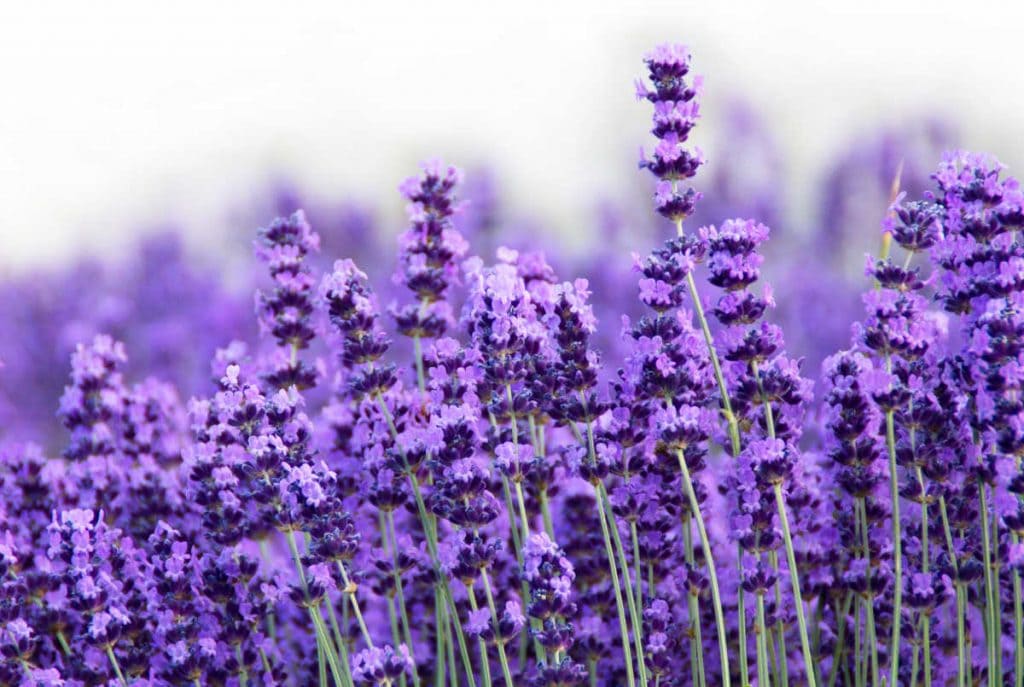
If you love the color purple and want your yard filled with a beautiful scent that is hard to match, they you must plant lavender in your flower bed.
Favoring hot and dry conditions, you’ll likely only need to water lavender once each week or maybe as little as twice per month, depending on how much rain you receive.
In fact, the two major keys to success with lavender are to not overwater and to plant it where it receives at least six hours of direct sun daily. Also, if you want to encourage new growth on your lavender, it is best if you prune it each spring.
RELATED: Gorgeous Purple Flowers
RELATED: How to Grow Beautiful Peonies
Aster
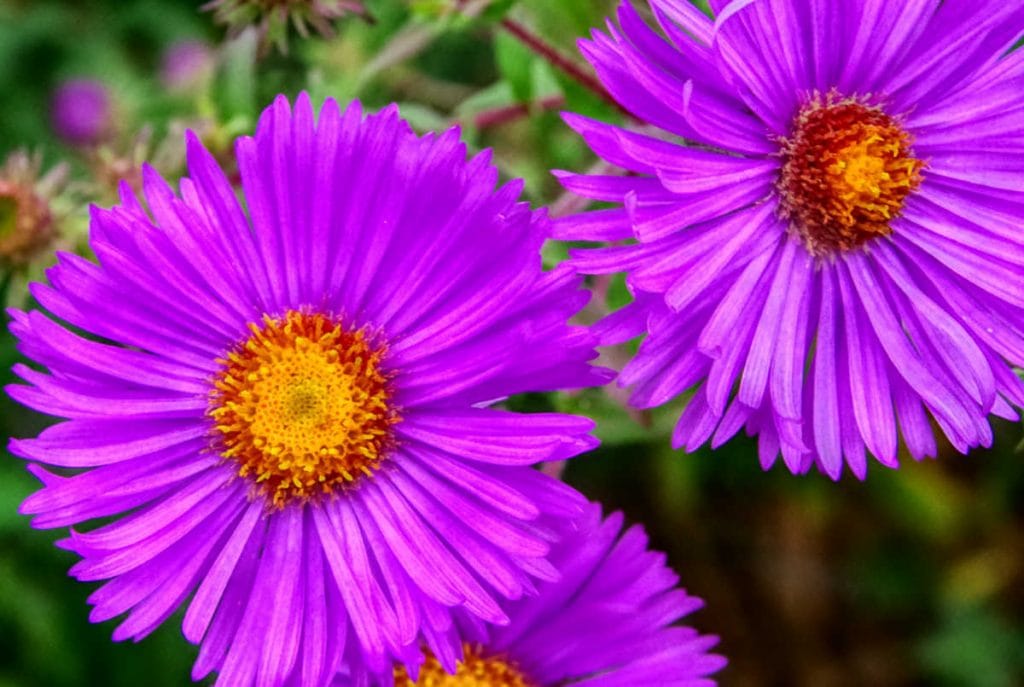
A flower that is often said to resemble a shining star, aster is sure to brighten up any flower bed in your yard.
Known as a self-sufficient perennial that likes its independence, you won’t have to worry about giving aster constant attention once it starts blooming.
With its colors of pink and purple, aster will bloom beginning in late summer or early fall, and will continue to do so until a killing frost comes its way. This will serve your flower bed well, since by blooming late in the season, it will have the spotlight mostly to itself, since most other flowers are done blooming by then.
Also, if you happen to be a butterfly lover and would love to attract more of them to your yard, aster will do the trick.
Known for being a favorite of monarch butterflies, aster will provide them with much-needed food during their yearly migration.
Zinnia
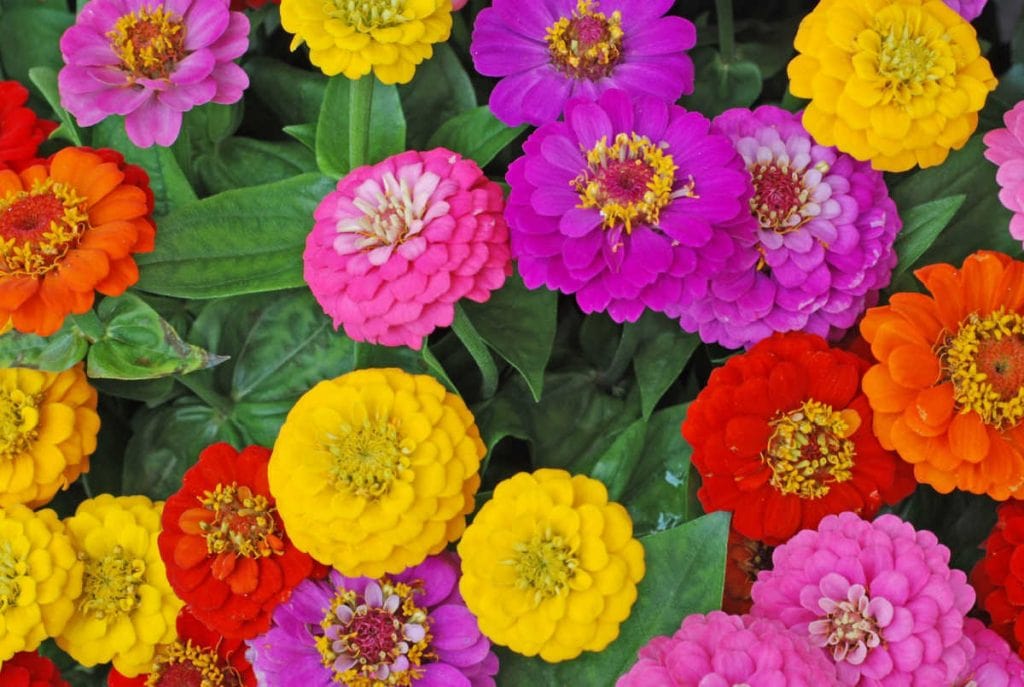
If you have gotten a late start on your gardening and think you will have to sit back and wait until next year to turn your black thumb green, zinnias will come along and save the day.
Fast-growing, they will be loved by both bees and hummingbirds. However, be careful to not overwater your zinnias, since they can be somewhat prone to various fungal diseases.
Also, if you’ve had problems in the past with deer helping themselves to a meal in your flower bed, planting zinnias will solve that problem, since deer won’t touch these beauties.
Begonias
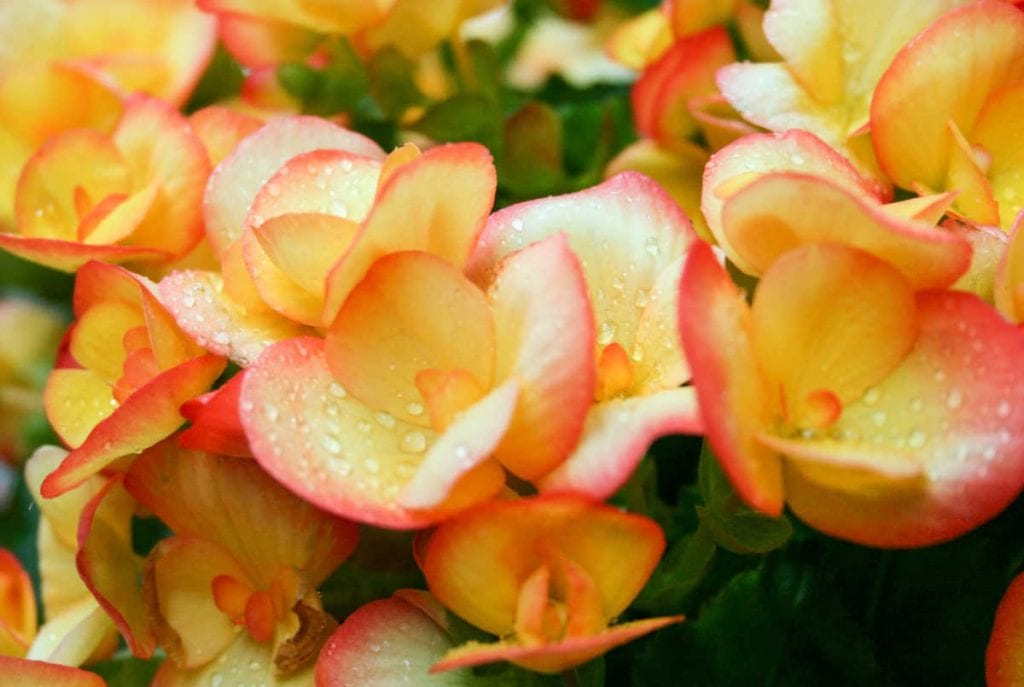
If your yard is mostly shaded and you have had problems in the past growing many types of flowers, try your hand at growing begonias.
Preferring shaded areas, begonias have beautiful red leaves and pink or white buds. Doing well in both wet or dry conditions, begonias are an excellent choice if you are just creating a new flower bed.
Once you’ve got your begonias in the ground, feed them every two weeks to make sure you have a constant stream of blooms during the summer.
Last thoughts on easiest flowers to grow
Whether you select only one or two of these flowers or decide to go all-out and try planting each of them, chances are you will ultimately find success in growing these flowers.
Once you do, you can show off one gorgeous flower bed after another to your friends and family members.
If you found this post helpful, I’d love for your to “pin it”!
